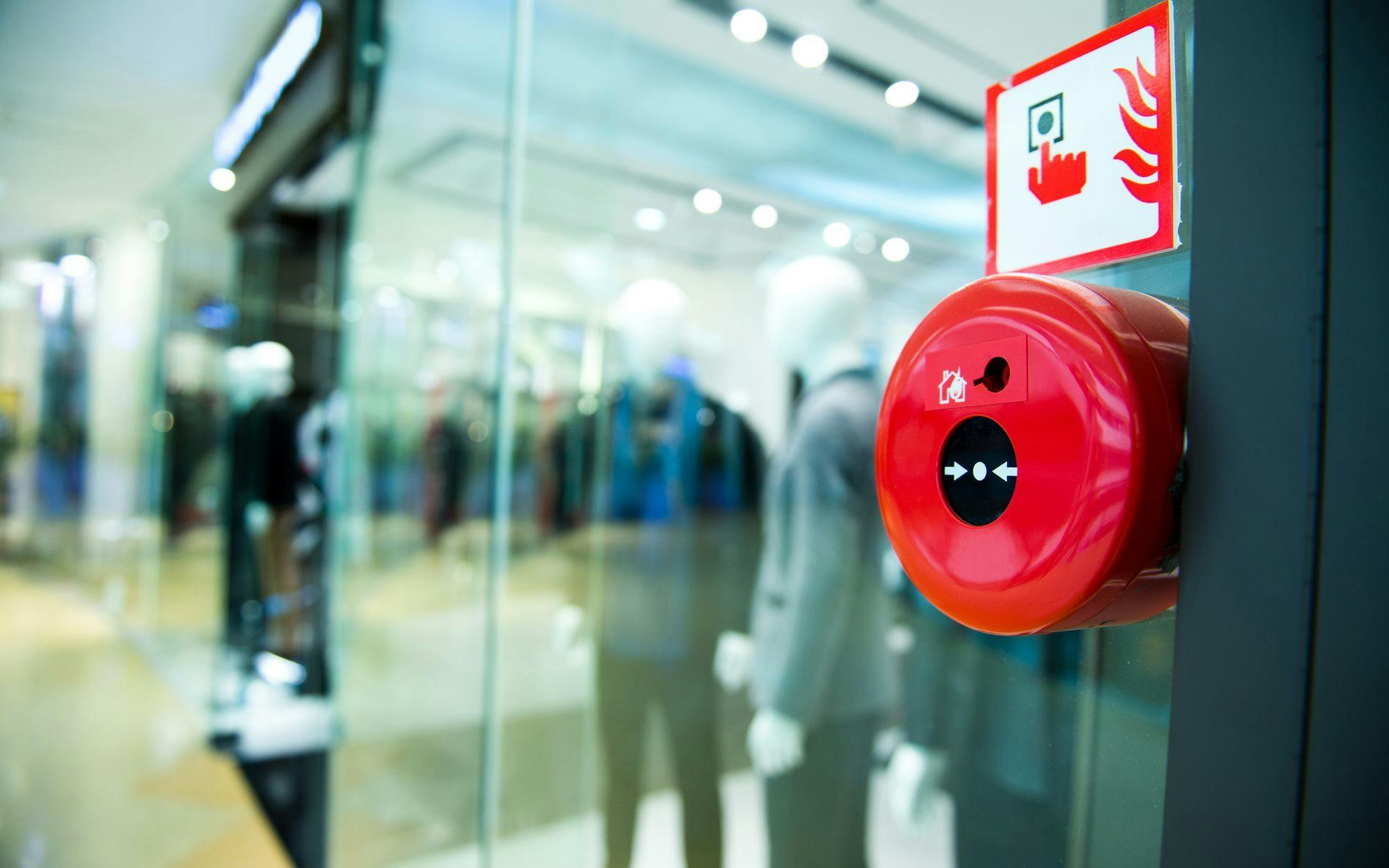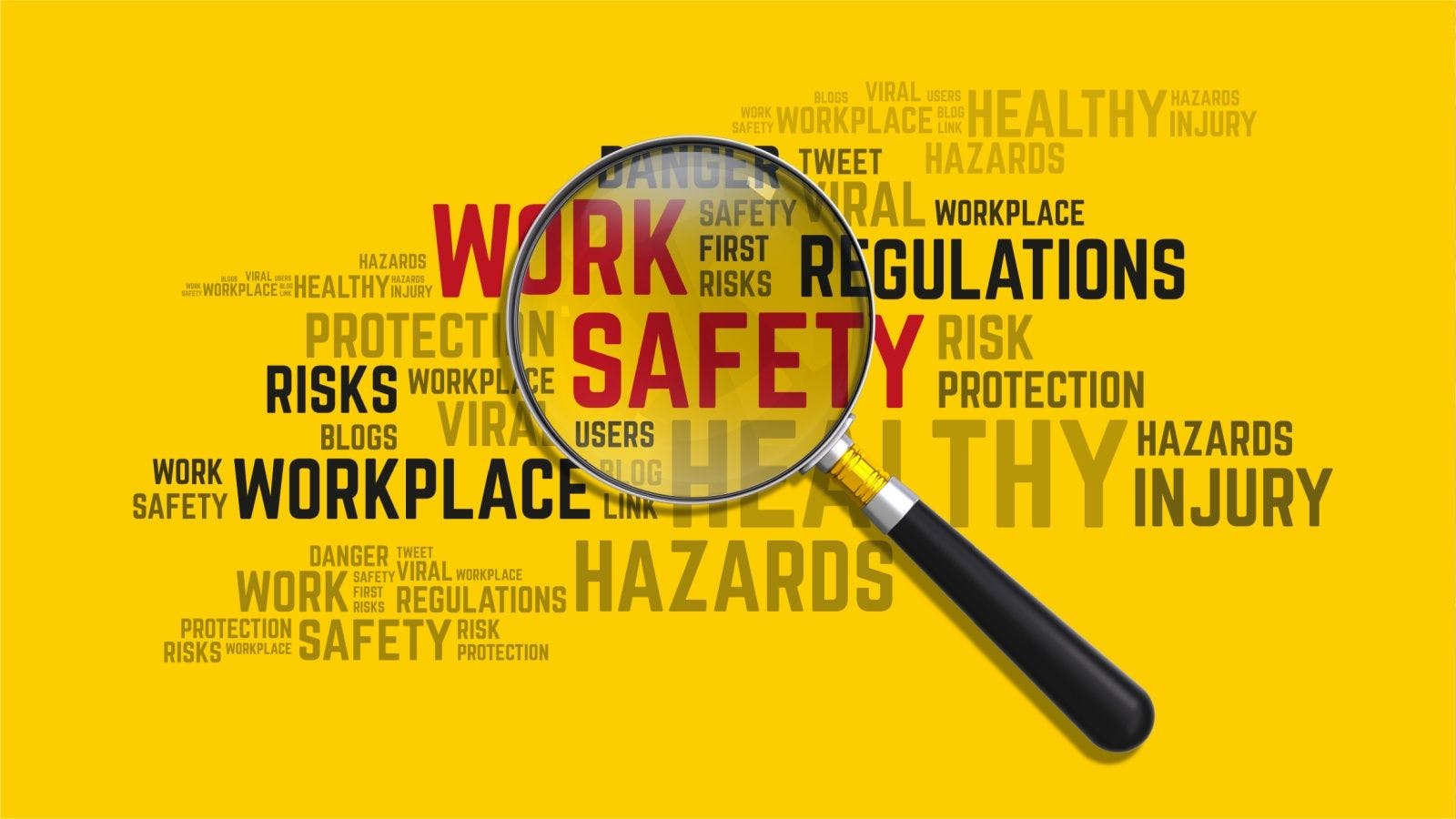
Smart Questions to Ask About a Fire Alarm System
A fire alarm system is one of the most important life safety systems installed in modern buildings today. Fire alarms systems have progressed from very simple systems connected to heat detectors, to modern systems that integrate with other building functions to help create a safe building environment.
There are a few main questions that need to be determined in the early design phase, usually prior to the involvement of system designers, which can make or break a project. By answering these simple questions, the entire systems design and operation will be determined:
- What is the occupancy type of the building per the applicable building code or NFPA 101?
- What is the height of the building; is it classified as a high-rise?
- How many people will the building be designed to have inside?
- Does the code require a Building Fire Alarm System or possibly just a dedicated function system?
- Will the system be utilized solely for fire alarm notification or will it provide other messages?
- Are there any special considerations in the building or specifications?
- Who will be providing the inspection, testing and maintenance?
What is the occupancy type of the building per the applicable building code or NFPA 101?
In order to determine this, look at how the building will be used. Retail stores are classified as an “M” or Mercantile Occupancy. An office building is a “B” or Business Occupancy. This information is found in Chapter 3 and 4 of the International Building Code or in NFPA 101 Life Safety Code in Chapter 6.
Another key item is which edition of the codes are being enforced in the area of the project, as they can vary, and with changes, result in significant cost differentials. It is always more cost-effective to make changes while still in design, rather than via change orders after or during installation.
There may also be special conditions based on construction features, such as housing over 100 people above, or below, the level of exit discharge. Special conditions may also exist for certain building types such as special amusement buildings or government facilities.
What is the height of the building? Is it classified as a high-rise?
Will the building be classified as a high-rise based on the building code? IBC classifies a high-rise building as one that has an occupiable floor more than 75 feet above the fire department access. High-rise buildings generally have additional alarm requirements, including a voice-based system to allow partial evacuation or relocation, instead of evacuation horns and strobes only.
How many people is the building designed for? Does the code require a Building Fire Alarm System or a dedicated Function system?
The requirements for these two questions tie together. A key number that is required up front is the number of people that the building is designed to safely hold. Many requirements for system functions, or if a system is required at all, are based on the number of occupants. For example, a fire alarm is required in a “B” occupancy per the 2018 edition of IBC when either there is a combined load of 500 occupants on all floors or, there are more than 100 occupants above or below the level of exit discharge, or lastly, if there is an ambulatory care facility regardless of the number of occupants.
This information is found in chapter 907 of the IBC under the Fire Alarm and Detection Systems Chapter and in the Individual Occupancy Type Chapters of NFPA 101. Small buildings that fall under the required system occupancies may still require a dedicated function system that is not the same as a building fire alarm system. If there are more than 20 sprinklers, most of the jurisdictions require the sprinkler system to be monitored.
NFPA 72 the fire alarm and signaling code allows for a dedicated function sprinkler monitoring system to provide the minimum required functions for sprinkler monitoring. Basically, the system would monitor the tamper switches, water flow devices and additional supervisory alarms as required such as low air pressure or riser room low temperature. The system would also provide a smoke detector to protect the fire alarm control panel and one manual means to activate the system in the event of a fire. This system would be connected to a monitoring center and provide notification to the fire department if the sprinkler system was activated.
The dedicated system would not require full notification throughout the building since it is connected to a monitoring center. This situation occurs in many smaller buildings that just do not hit the 500 occupant numbers. When a full building fire alarm system is required it includes, detection, notification and connection to other fire systems (such as sprinklers), duct detectors and other building interfaces.
Will the system be utilized solely for fire alarm notification, or to provide other messages as well?
Educational occupancies are now required to have voice-based notification systems for the alarm so that this system can be utilized to provide signals to issues that may not be a fire-related. Some of the modern voice-based notification systems also have the capability to be tied into the telephones as paging systems or provide background music. Weather alerts and shelter-in-place requests can also easily be programmed into the system.
Are there any special considerations in the building or specifications?
Building specification and the owner’s requirements may exceed the code. Building and fire codes are minimum requirements and sometimes based on insurance requirements, a previous loss experience or other special conditions when the building owner decides to exceed the minimums. Conditions such as special amusement buildings, such as haunted houses, also have additional special requirements due to the conditions that are considered normal in those occupancies and have requirements in the code for shutting down theatrical sound systems and special effects while turning on exit lighting.
Who will be providing the inspection, testing and maintenance?
The question of who can maintain and test fire alarms is one asked many times over. The simple answer is “it depends.” NFPA 72, in section 10.5, establishes personnel qualifications. There are qualifications for the system designer, installer, service personnel, programming and the people who inspect and test the systems. There are even qualifications for the municipal plan reviewer and fire inspectors in the 2016 edition.
The intent of the NFPA standards is to allow the building owner, who is the person responsible for these inspections to be conducted, to have the capability to perform them with qualified people. If they cannot do it with internal resources, then they will need to contact the services out. Some inspections are minor and easy to train site personnel to conduct such as confirming a fire alarm panel has power and is not showing any trouble or supervisory indications.
The other consideration that influences who can conduct the test inspection and maintenance is state specific statutes. Many states regulate the inspection, testing or service activities under the professional licensing statutes for the state. This is done for public safety and to allow a level of accountability to the state should an issue arise. Therefore, each site or owner would have to determine what the exact qualifications are in order to conduct these activities in the particular building.
There are many complicated aspects of fire alarm system design, so adding a qualified alarm design professional to the design team can save money in the long run and avoid many of the common mistakes and pitfalls.
Related stories








